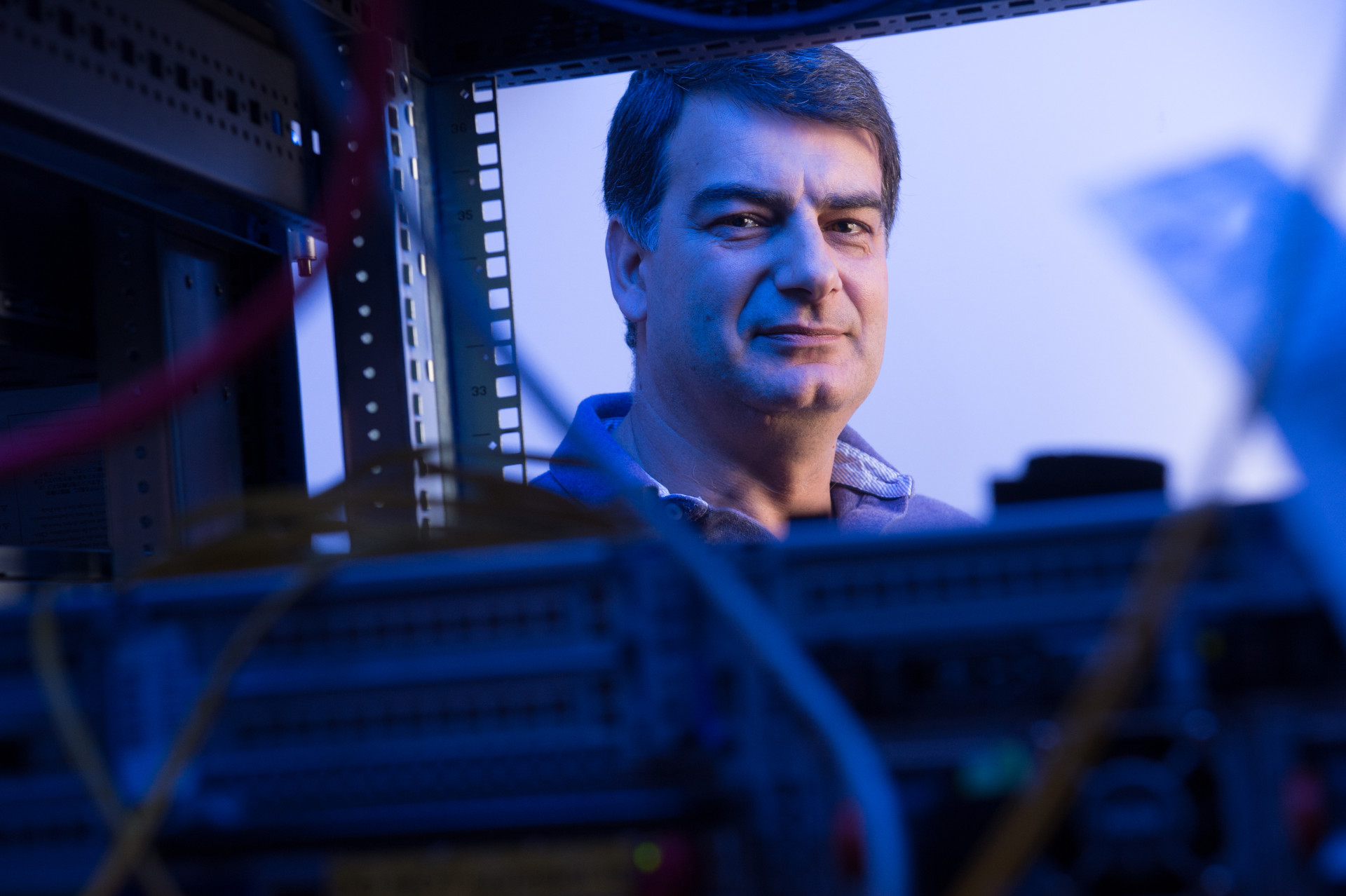
The last time the architecture of the Internet was updated, George H.W. Bush was president and the Teenage Mutant Ninja Turtles had just starred in their first movie.
Now Colorado State University researchers are working with several
universities to fix some of the vexing problems that plague today’s Internet architecture, which has remained essentially unchanged since it became publicly available in 1991.
The CSU team, led by computer science professor Christos Papadopoulos, is designing and building a new Internet architecture that does away with IP addresses – numeric identifiers assigned to every machine connected to the Internet – and uses new cryptographic techniques to secure and protect data.
Such a new architecture could solve problems big and small, including “slashdotting” — what happens when a large number of users visit a high-profile website, click on a link to a smaller site that crashes under the weight of its sudden popularity.
That project is one of three being funded by the National Science Foundation to explore new Internet architectures for the future.
“NSF is really interested in exploring new Internet architectures that would make the network more resilient and secure,” Papadopoulos said.
An outdated architecture
With the current IP system, when Internet users find something they want to view on a website, such as a story on the New York Times, they click on it. Their browser then contacts the host site’s web server and “asks” for permission to view the information. It all occurs in a matter of milliseconds and the average user never sees what is happening.
But there are many things that can – and do – go wrong in this process of translating site names to IP addresses.
The website might be down, making information unavailable. The web server might crash, making it impossible to reach the information. Or there could be a fault in the network that prevents request packets from reaching the original web server.
Right now when there is a problem with the network or the New York Times’ servers, there is no way to access the story you want – even though it could be sitting on thousands of other machines that acquired it before the glitches started.
This architecture worked well in 1995 when fewer than 40 million people used the Internet.
Today, more than 2 billion people do.
Searching by name
The new architecture Papadopoulos and his team are building eschews IP addresses in favor of using the actual name of the content users want.
So, if a user’s browser wants the front page of the New York Times, it may simply ask the network for something like www.nytimes.com/frontPage. Since the network knows what a user is looking for, it may find better ways to get it than going to the original server, which may be in another continent. It may grab it from the person sitting next to you who happens to be reading the same page.
“You tell the network what you want rather where to go to get it,” said Papadopoulos. “The network figures out where it is.”
So next time you’re surfing at a café, take heart: You could be helping your neighbor escape the traps of a 25-year-old system.